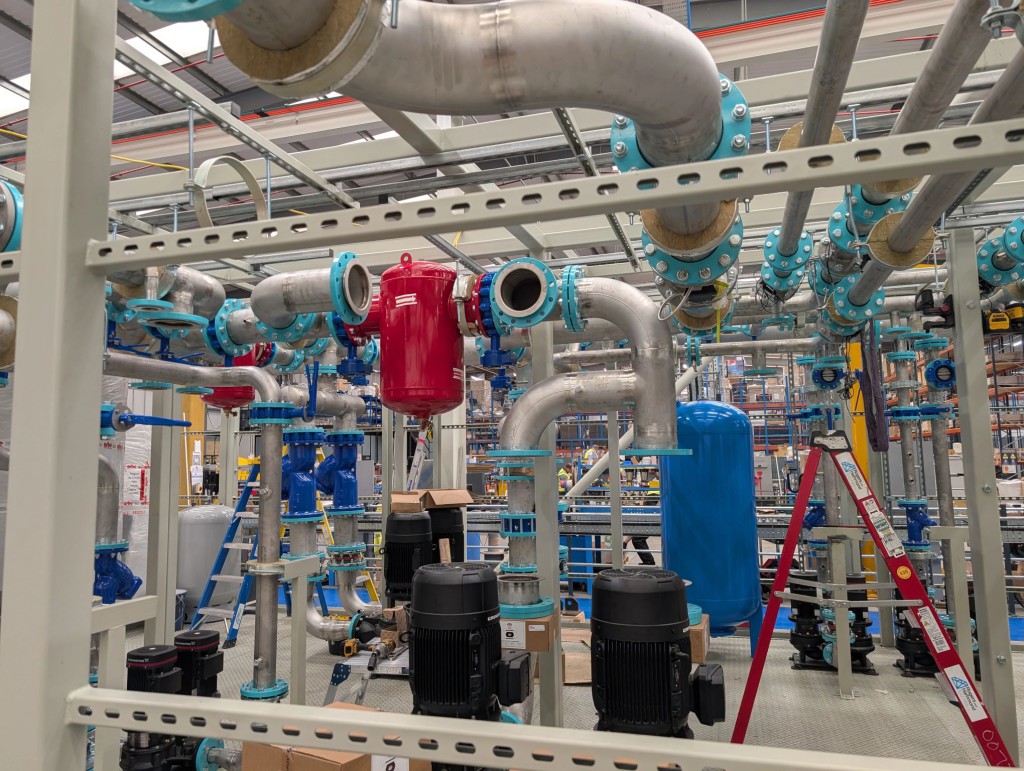The changing face of pipework installation

As the founder and Managing Director of Jefferis Engineering, Sam Jefferis is leading the charge in modernising how mechanical and electrical services are delivered across the UK. From his early days as an apprentice welder to running a company known for its blend of innovation and traditional skill, Sam discusses how he is trying to drive change through smarter techniques, people-focused training and off-site precision.
New technologies and installation techniques are steadily reshaping how we approach pipework installation across commercial and industrial projects. Yet, even as the sector moves forward with faster, smarter methods, one thing remains true: quality comes down to people.
I started in this industry 19 years ago as a time-served apprentice at NG Bailey. I worked my way up through coded welding and fabrication, gaining a deep, hands-on understanding of how things should be built and what it takes to deliver a job right. I’ve seen first-hand how innovation must work hand-in-hand with craft. At Jefferis Engineering, we’ve built our business around that principle. It’s not about replacing skilled labour with automation; it’s about giving good people the tools, systems and environment they need to deliver better results.
Modern installation begins well before any pipe hits the site. Today, we rely on BIM coordination and 3D modelling to plan complex mechanical systems down to the millimetre. This approach allows full MEP integration, spatial coordination and early clash detection with other trades and structural elements. Once the model is approved, spool drawings are extracted directly from it, which gives our fabrication teams clear, accurate data to work from.
This eliminates ambiguity and reduces the risk of costly rework during installation. On-site teams, meanwhile, benefit from mobile access to up-to-date layouts and drawings, which streamlines communication and improves programme compliance.
Off-site fabrication
Off-site fabrication has become central to high quality delivery. In our own controlled facility, we pre-assemble plant skids, riser modules, pre-insulated pipe runs and bespoke jacketed systems. Each section is fabricated using welding jigs, coded processes and project-specific quality standards. All modules are fully pressure tested, documented and delivered just in time to site. This reduces labour hours in live environments, improves safety and helps keep site teams focused on final connections and testing. However, successful modularisation depends on precise early coordination. Module sizes, weights and lifting sequences must be considered as early as the design stage, especially in congested riser shafts or restricted plant rooms.
When it comes to joining techniques, the sector now has far more options than traditional welding or threaded systems. On fast-track installations, press-fit systems offer a reliable, consistent method of joining copper or stainless pipework without hot works. These systems reduce fire risk and speed up installation, provided correct insertion depths and tool calibration are verified. For larger bore systems, roll-grooved couplings allow rapid connection and easy realignment if layouts evolve.
In high integrity environments, orbital welding provides uniform, distortion-free joints; ideal where hygiene, appearance or pressure integrity is critical.
Material selection is another area where technology has changed our approach. In addition to steel and copper, we now use multi-layer composite pipework systems, such as PEX-AL-PEX or PERT-AL-PERT, on heating and chilled water systems where weight, corrosion resistance and insulation values are key. These pipes are quicker to handle, easier to pre-insulate and help compress the installation timeline without compromising performance. Increasingly, our fabricated pipework includes embedded QR or RFID tags that link directly to weld maps, pressure test records and material certifications. This level of traceability aligns with digital twin expectations and simplifies commissioning and asset management.

Reducing installer fatigue
Installation techniques themselves have also progressed. Site teams now work with calibrated press tools, laser alignment devices and grooving rigs designed for repeatable output and minimal manual variability. This not only improves consistency but reduces installer fatigue. We incorporate flexible connectors and engineer bracketry into systems where thermal movement, vibration, or seismic risk must be managed. By designing these details in from the outset, we avoid later modifications and help preserve the lifecycle integrity of the system.
Of course, none of these methods work without capable people on the ground. Our company employs five apprentices who work closely with our most experienced tradespeople. These relationships aren’t just about training; they’re about transferring values, workmanship and accountability. When young engineers learn directly from welders with 20 or 30 years on the tools, they gain more than skills – they learn what a quality job looks like, how to deliver it and how to take ownership of the end result.
To help meet wider industry demand for reliable, site-ready pipework talent, we’ve also launched JET; Jefferis Engineering Talent Solutions. It’s a direct response to one of the biggest issues in the mechanical sector right now: a shortage of experienced, dependable labour. JET connects clients with qualified tradespeople trained to work to modern standards, ensuring projects stay on track without compromising on quality or compliance.
Better outcomes
Ultimately, innovation in pipework installation isn’t about complexity for its own sake. It’s about delivering better outcomes: cleaner installs, tighter programmes, improved safety and long-term system reliability. Technologies like BIM coordination, modular fabrication, press-fit systems and smart traceability are helping us do that every day.
At the heart of it all, this is still a people business. The tools and techniques may change, but it’s the pride and care of the teams installing them that really make the difference. Technology will continue to evolve, but it’s how we apply it, with the right mindset, training and leadership, that will define the future of our industry.







